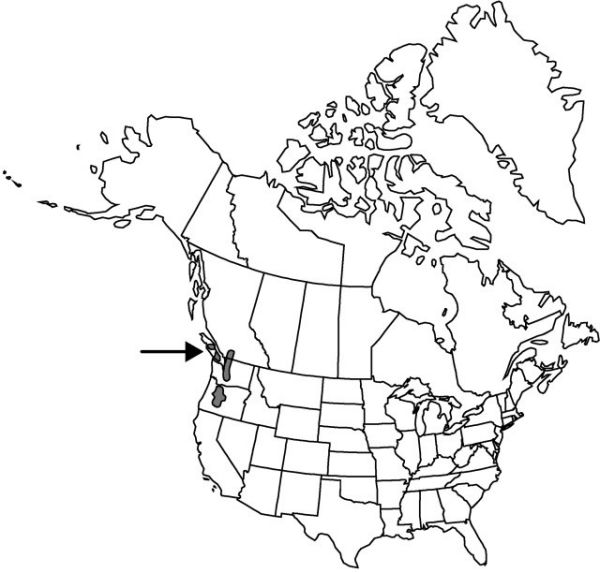Difference between revisions of "Camassia quamash subsp. maxima"
Amer. Midl. Naturalist 28: 732, fig. 7. 1942.
Treatment appears in FNA Volume 26. Treatment on page 305.
FNA>Volume Importer |
FNA>Volume Importer |
||
| Line 46: | Line 46: | ||
|publication year=1942 | |publication year=1942 | ||
|special status= | |special status= | ||
| − | |source xml=https://jpend@bitbucket.org/aafc-mbb/fna-data-curation.git/src/ | + | |source xml=https://jpend@bitbucket.org/aafc-mbb/fna-data-curation.git/src/8f726806613d60c220dc4493de13607dd3150896/coarse_grained_fna_xml/V26/V26_593.xml |
|genus=Camassia | |genus=Camassia | ||
|species=Camassia quamash | |species=Camassia quamash | ||
Revision as of 17:45, 18 September 2019
Leaves 6–15 mm wide, slightly glaucous adaxially. Flowers zygomorphic or actinomorphic; tepals withering separately after anthesis, bright to deep bluish violet, each 5-, 7-, or 9-veined, occasionally 3-veined in outer whorls, 18–28 × 2–5 mm; anthers dull yellow, violet, or brown, 2.5–4 cm; fruiting pedicel spreading- or incurving-erect, with capsules held away from raceme axes, 10–25 mm. Capsules 9–17 mm. Seeds 5–10 per locule. 2n = 30.
Phenology: Flowering mid–late spring.
Habitat: Wet meadows, fields, and rocky, coastal bluffs
Elevation: 0–600 m
Distribution

B.C., Oreg., Wash.
Discussion
Selected References
None.
Lower Taxa
None.